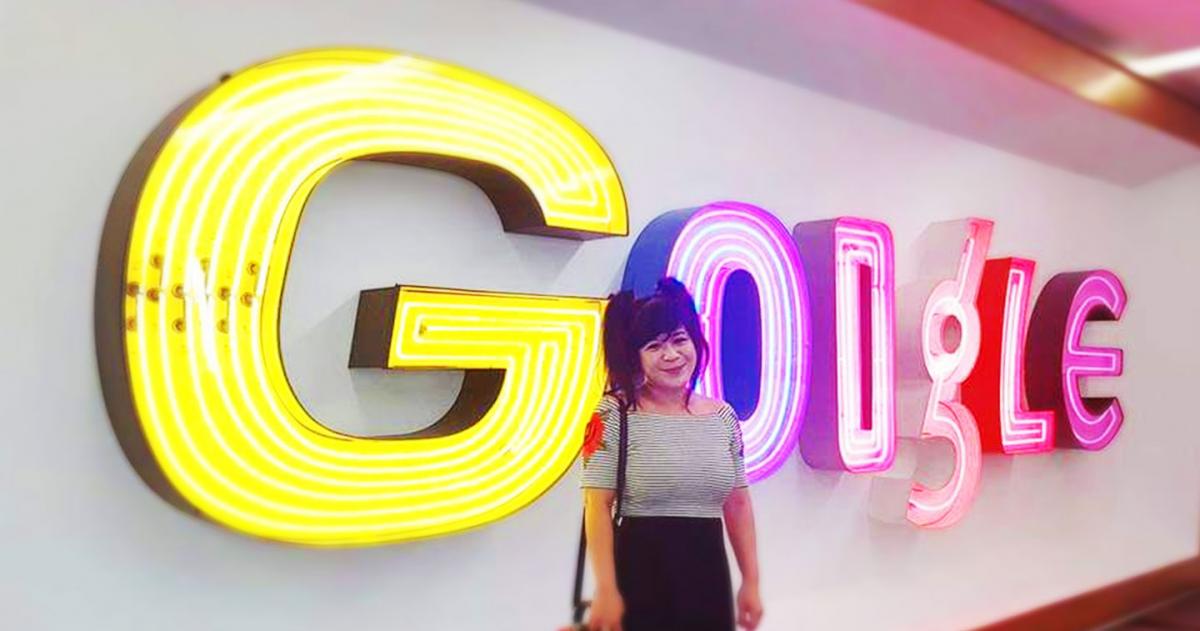In 2014, Facebook users all over the world were able to let loved ones know if they’re either safe or in need of help with a simple click of a button through Facebook’s Safety Check feature. Little do people know that it was actually a Filipina who spearheaded the feature’s development: Carla Echevarria, the current Design Lead at Google for Facebook Safety Check and Google Assistant.
Carla’s brilliant work has been recognised at global industry awards like Cannes Lions, One Show, D&AD, Art Director’s Club and the Webby’s, and has been published in the AIGA Design 365, Creativity Review, Creativity Magazine and Communication Arts.
adobo magazine’s Editor-in-Chief, Angel Guerrero, was able to catch up with Carla and chat about her inspiring creative journey:
When and how did you start working as a creative professional, particularly for digital? How did you get the opportunity to work for both Facebook and Google?
I have been working in digital my entire career. I learned my craft at R/GA, working on digital products for companies such as Nike, Barnes and Noble, and MasterCard. From there, I was recruited for Google’s Creative Lab, where I worked on on early iterations of Google Glass, as well as the Google One Today project, a charitable giving platform for Google.org. After that, I was recruited by Facebook, where I developed Safety Check, a crisis response platform. And finally, back to Google, where I now serve as User Experience Design Lead on the Google Assistant.

How did your passion for AI start?
I studied Philosophy and Philology as an undergraduate, so I have always been fascinated by the nature of how logic and language work. These are the twin goals of AI: how to get a machine to reason like a human being, and communicate in a human way. So when I started working in technology, my academic and professional interests intersected very naturally in AI.
You are known to have invented and designed Facebook’s Safety Check feature. Could you walk us through the project? What sparked that idea?
One of the biggest inspirations for Safety Check was Typhoon Yolanda (Haiyan), which devastated the Philippines in late 2013, claiming over 6,000 lives. I was working at Facebook, and I created this Facebook page, to help coordinate relief efforts. It quickly grew to over 60,000 followers, most of whom were using the page to post “missing persons” bulletins for loved ones who were lost during the typhoon. That was the inspiration for me and others to create Safety Check (now called Crisis Response): the goal of this feature is to enable people to let their friends and family know they’re safe, in the event of a catastrophic event. It has since been activated hundreds of times, for emergencies all over the world.
Right now, you are the design lead at Google Assistant. Could you also share with us what you do? Are there particular design or personal philosophies you follow in working on these projects?
The most important responsibility for myself and my team, and any others who are designing AI systems such as Google Assistant, is to ensure that these systems behave responsibly and ethically, and without bias. Our goal is to create systems that provide real value and are easy to use – and most importantly, support the needs of all types of users, regardless of technology fluency, language, age, or any other characteristics. What’s exciting about systems such as Google Assistant is that they use the most natural and intuitive of human behaviors – speech – as the primary interface. That enables users to engage with our product immediately and easily, as they might engage with another human being. And that, in turn, enables us to deliver value faster and more effectively.
Apart from designing, you are also a faculty member at the School of Visual Arts. What made you decide to pursue teaching? What advice or tip can you give aspiring digital tech creatives? What do you think should creatives never forget as they continue to integrate emerging trends in technology?
My advice to young creatives: Don’t focus on technological niches; focus on human needs. Too many creatives become deeply invested in particular platforms (remember Flash?), and hone their skills in those areas, at the exclusion of all others. Designers who focused on Flash became unemployed when Apple banned Flash from iPhones. Creatives who focus on Facebook or Twitter advertising will be out of work when those channels are replaced by others. Instead of focusing on the technology or medium, focus on what people need. Technologies change, but human needs stay the same. Humans need to connect with each other. Humans need to hear and share good stories. Humans need to feel safe and secure. Focus on meeting those eternal human needs, not on the ephemeral technologies, and you will always find fulfilling and interesting work.

Carla will be in the the Philippines in April 2019 as one of the esteemed speakers for the upcoming Creativefest, a gathering of young creatives and professionals, to discuss her vision on creative technology. Read the full story here.









